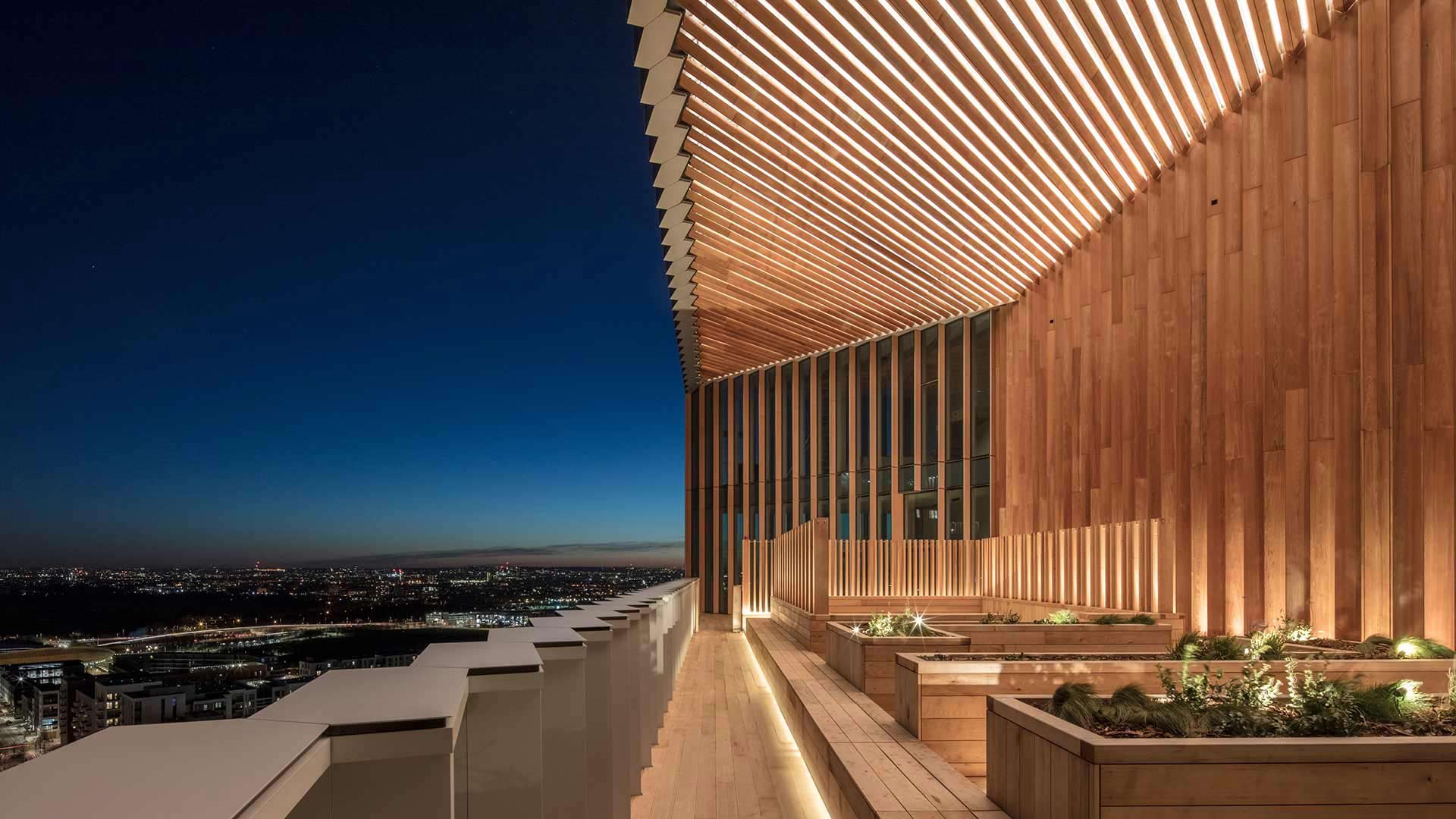Lessons on landing the role
We study, we work hard to gain qualifications and build our knowledge, they teach us about being lighting designers, but they don’t teach us about how to become one. When it comes to applying for a role in lighting design, there are a few simple considerations to make that can be the difference between getting to the next round, or your application being swiftly punted into the ‘no pile’.
We love receiving your CVs and portfolios, we get excited about discovering new talent and seeing all the amazing work our applicants have been involved in. But more often than not, we open an application and ask, where’s the wow factor? And it’s usually the same blunders made over and over again that leave us wanting more.

Have no fear, we’re here to help. What are the dos and don’ts, the musts and must nots, the shoulds and should nots. We’re going to break it down for you and help you submit a thorough job application that can’t be ignored.
Before you start your application, take the time to understanding the company you’re applying to – delve into its brand and values, do they map your own? Then demonstrate how you can fit into the business throughout your application, align your thinking and personal brand with theirs.
Your initial email
- First and foremost – make it personal, find a name and address your email to that person.
- Talk about the company you’re applying to. State how you found them, why you’d love to work for them, what it is about a role in lighting design that you’d like, even pick out a specific lighting project that you’re drawn to and explain why.
- Then give YOUR USP, market yourself, why should you be hired? You don’t have to have all the knowledge but do highlight what you bring to the table.
- No experience? No problem. Explain what draws you to light? Why do you want to work with light? What do you hope to learn? How you want to develop your skills?
Keep it short and sweet. Just a few sentences introducing yourself and hitting those key points, give a taste of who you are and what you’re about.
Moving on… attach, attach, attach. Don’t bury CVs and portfolios in links in the body of your email, name your files appropriately and add as an email attachment for easy access.
 Your CV
Your CV
- Probably the most important thing… format your CV. You’re applying for a design role; your CV should ooze design. Demonstrate flair and finesse, this is your chance to show you have a designer’s eye.
- Write concisely, your CV should be no longer than two pages.
- Keep it clean, clear, and easy to digest.
Your portfolio
- This is your chance to show off. Present a hook and then draw the reader in.
- Spend time on your layout, demonstrate that you understand design. A first look should be attention-grabbing and should encourage the hirer to carry on and look at the finer details.
- And don’t forget to coordinate with the brand of the company you’re applying to; if they’re more corporate, bring a professional aesthetic, if they’re young and fun, add a playful touch.
- Show the bread
 th of your skillset. Can you draw? Use Photoshop? CAD? What are your thought processes, what’s the story, your reasoning behind the design?
th of your skillset. Can you draw? Use Photoshop? CAD? What are your thought processes, what’s the story, your reasoning behind the design? - Give a walk-through of your involvement in a project, start to finish. Did you specify, were you involved in lighting calculations, did you go on site visits, did you commission?
- Again, you don’t have to have a complete set of skills, often companies are simply looking for good designers that they can mould, they don’t need the finished article, just show what you do know.
- If you don’t have much in terms of experience, then talk about how you love design or light. Find something online or think of a place you have been that’s inspired you and talk through the what’s and the why’s.
- And remember to present everything succinctly, thoughtfully, and with high quality imagery.
The take home? Don’t be lazy in your application, take the time to create something that truly represents you and your skills for a role in lighting design. Show that you want the job, show how you stand out. Sell yourself.
And lastly, if you don’t get the job, ask for feedback! You never know, you might learn something. Understand where you could improve and implement it in your next application.
GOOD LUCK!


